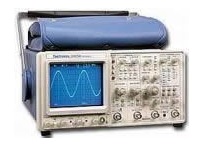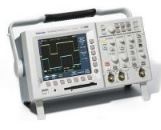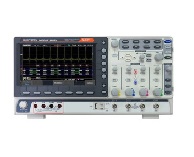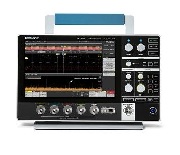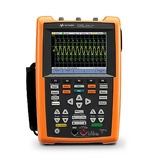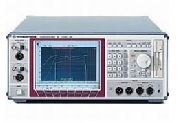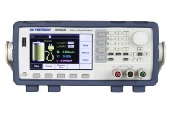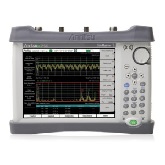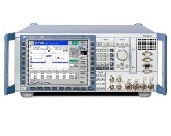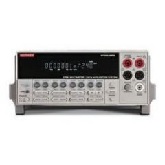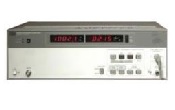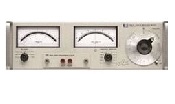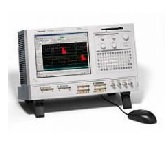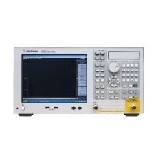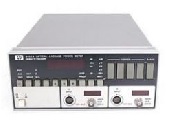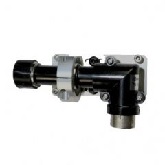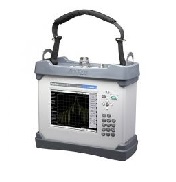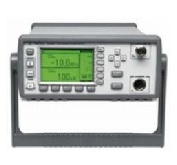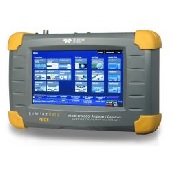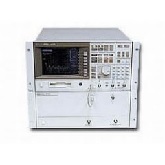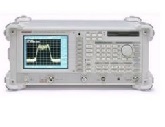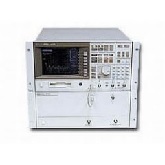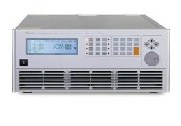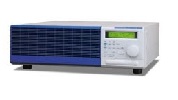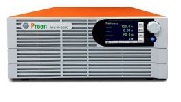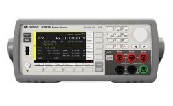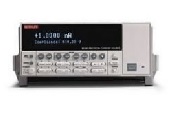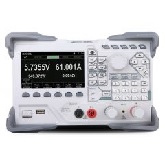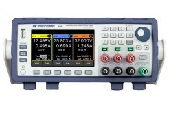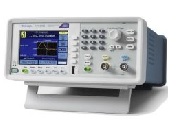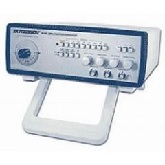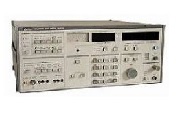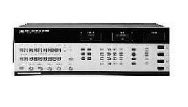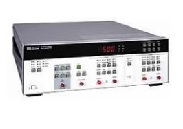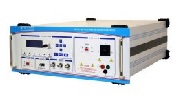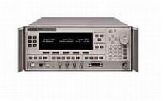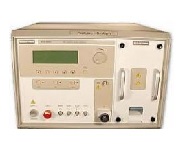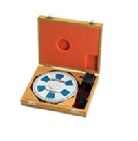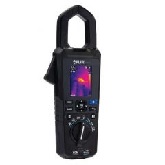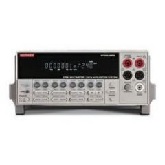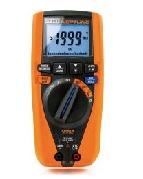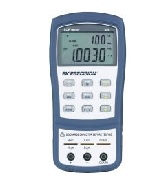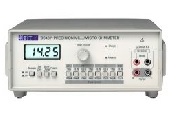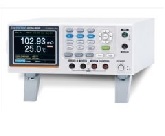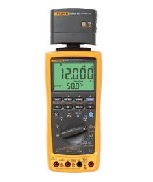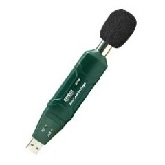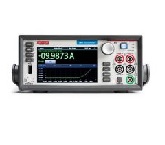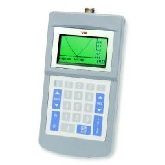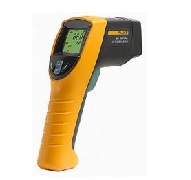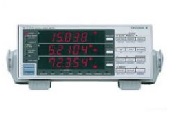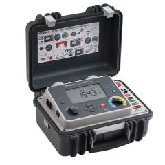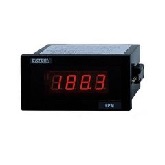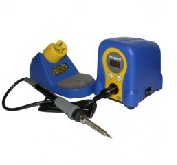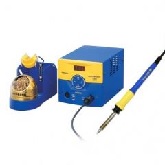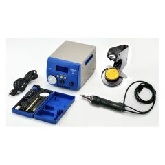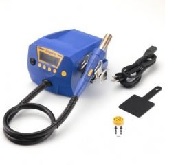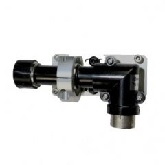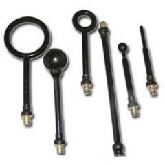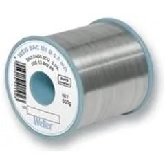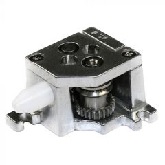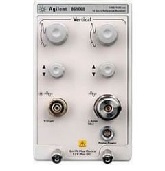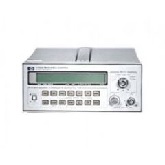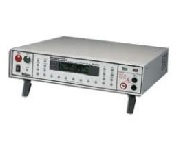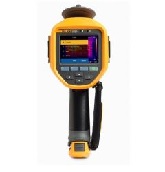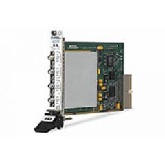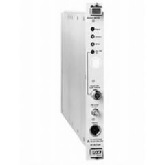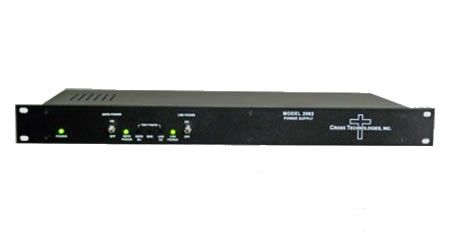Additional Features:
Input Characteristics
- Impedance 75 Ω
- Return Loss 18 dB
- Frequency 70 ± 18 MHz
- Input Level -40 to -10 dBm
Output Characteristics
- Impedance 75 Ω
- Return Loss 10 dB
- Frequency 250 to 750 MHz
- Output level 0 to -20 dBm
- Output 1 dB compression +5 dBm
Channel Characteristics
- Gain range (adjustable) -10.0 to 30.0 dB
- Spurious Response < -50 dBC
- 2nd Harmonic < 40 dB
- Frequency Response ±1.5 dB, 250-750 MHz; ± 0.5 dB, 36 MHz BW
- Group Delay, max 0.01 ns/MHz2 parabolic; 0.03ns/MHz linear; 1 ns ripple
- Frequency Sense Non-inverting
Synthesizer Characteristics
- Frequency Accuracy ± 1.0 ppm max over temp (± 0.01 ppm, opt-H) internal ref.
- Frequency Step 1.0 MHz minimum
- External 10 MHz level +3 dBm ± 3 dB, 50/75 Ω (opt-E)
The Cross Technologies 2015-75 Upconverter converts 70 ± 18 MHz to 250 to 750 MHz in 1 MHz steps with low group delay and flat frequency response. Synthesized local oscillators (LO) provide frequency selection. Multi-function push button switches select the RF frequency, gain, and other parameters. Front panel LEDs provide indication of DC power (green), PLL alarm (red), remote operation (yellow) or the TX carrier is muted (yellow). Variable attenuators for the IF input and output provide a gain range of -10 to +30 dB as adjusted by the front panel multi-function pushbutton switches. Remote operation allows selection of frequency and gain.
Parameter selection and frequency and gain settings appear on the LCD display. Connectors are BNC (female) for IF and optional external 10 MHz reference input and output, and Type F (female) for the RF output. The unit is powered by a 100-240 ±10% VAC power supply, and housed in a 1 3/4” X 19 “ X 16” rack mount chassis.
| Manufacturer | Cross Technologies |
|---|---|
| Condition | Used |
| B | BNC, IF:75 Ohm BNC, RF:75 Ohm |
|---|---|
| E | Allows Ext. 10 MHz ref. input, 10 MHz ref. can be inserted on the RF IN |
| Q | RS-422/RS-485 Remote capability |
| Z | Attenuator 0.1 dB step size |


